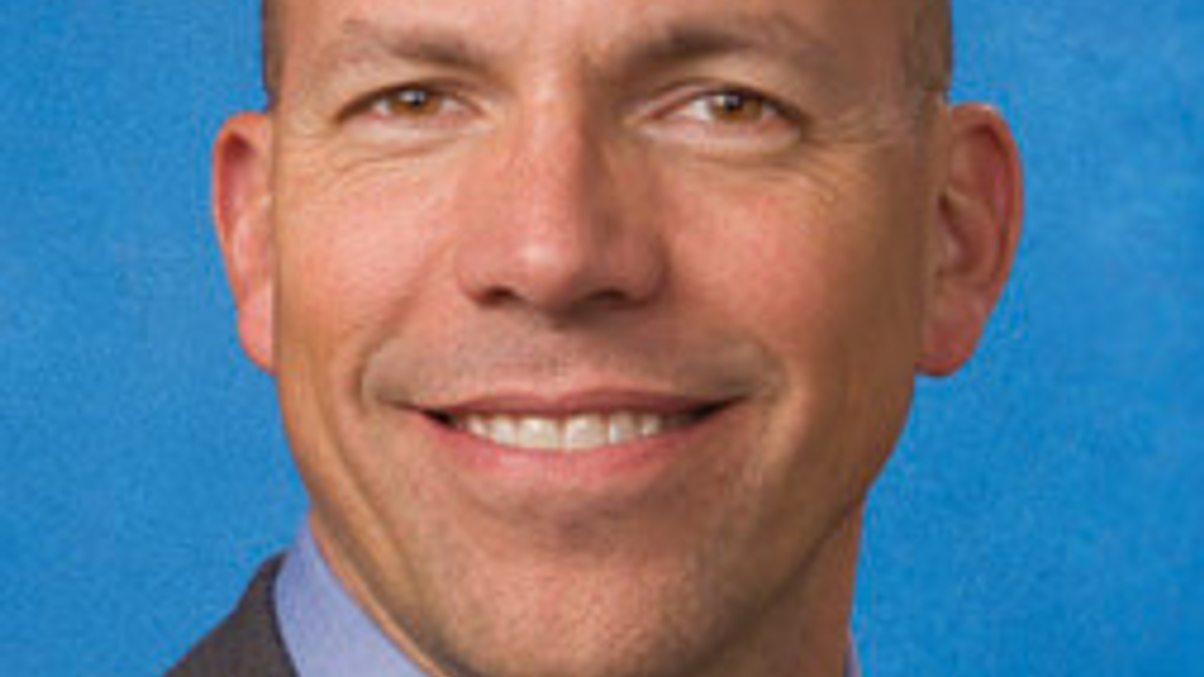Franklin Templeton’s risk head flags worries over ETFs
Wylie Tollette of Franklin Templeton outlines why passive investments are not as diversified as investors might think.

Big inflows into emerging-market assets via passive investments such as exchange-traded funds (ETFs) can expose investors to high concentration risk, argues Wylie Tollette, senior vice-president of investment risk at US-based Franklin Templeton.
Sign in to read on!
Registered users get 2 free articles in 30 days.
Subscribers have full unlimited access to AsianInvestor
Not signed up? New users get 2 free articles per month, plus a 7-day unlimited free trial.
¬ Haymarket Media Limited. All rights reserved.


